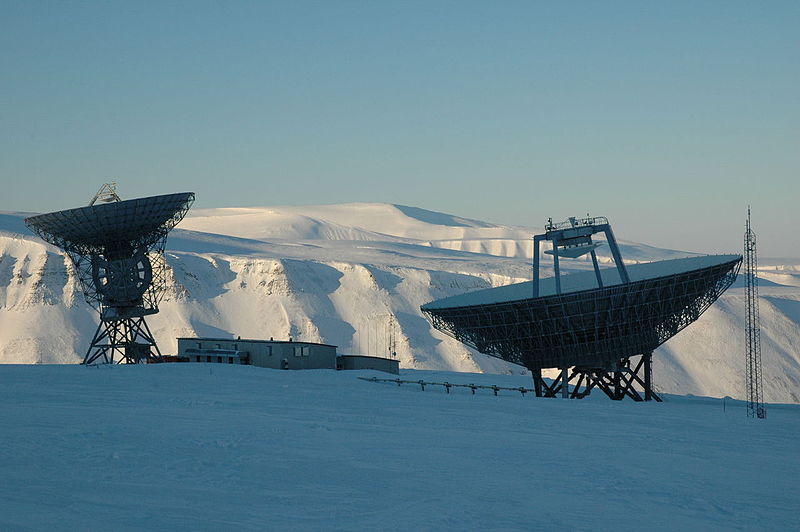| Description: | The ionosphere is a highly complex plasma containing electron density structures with a wide range of spatial scale sizes. Large-scale structures with horizontal extents of tens to hundreds of km exhibit variation with time of day, season, solar cycle, geomagnetic activity, solar wind conditions, and location. Whilst the processes driving these large-scale structures are well understood, the relative importance of these driving processes is a fundamental, unanswered question. Instability processes acting at the periphery of large scale structures can also result in the appearance of smaller-scale irregularities which can disrupt trans-ionospheric radio signals, including those used by Global Navigation Satellite Systems (GNSS) and can significantly affect astronomical observations.
Statistical models have been developed for predicting the behaviour of the coupled high-latitude ionosphere-thermosphere system. The modelled parameters were the F-layer peak electron density, plasma structuring, ion temperature, neutral temperature, and the difference between these temperatures, which is a key term in the Joule heating equation. Ionospheric measurements from the EISCAT (European Incoherent Scatter) Svalbard Radar and neutral atmosphere measurements from the co-located UCL Fabry Perot Interferometers (FPI) have been made across a solar cycle. These data were all acquired during night time conditions as the observations with the FPI are restricted to such times. Geophysical proxies were used to represent the processes which influence the modelled parameters. The dominant geophysical proxy for each modelled parameter was determined. Multi-variate models were also developed showing the combinations of parameters which best explained the observed variability. A comparison with climatology showed that the models give an improvement in every case with skill scores based on the mean squared error, of up to 0.88. |

